Jindo vs. Engachon: Breed Differences and Similarities
Hypoallergenic
Are Jindos or Engachons hypoallergenic, or neither?
Unfortunately, neither Jindo nor Engachon are hypoallergenic, which may not make them the best choice for dog lovers who suffer from pet allergies.
Watchdog Ability
Which dog breed makes a better watchdog, the Jindo or Engachon?
Jindos make excellent watchdogs - they're vocal and protective of their territory.
Engachons are decent watchdogs - they'll alert their owner if something seems amiss.
Ancestry
What are the origins of Jindo and Engachon breeds?
Spitz-type
English Toy Spaniel and Bichon Frise
Date of Birth
When were Jindo and Engachon breeds first developed?
Unknown
Eye Color Possibilites
What are the eye colors of Jindo and Engachon dogs?
Brown
Brown
Nose Color Possibilites
What are the natural nose colors of Jindo and Engachon?
Black
Black
Coat Color Possibilites
What are the natural colors of the coat for Jindo and Engachon breeds?
White
Brindle
Red
Gray
Black
Black
White
Red
Coat Length
What is the typical coat length for Jindo and Engachon breeds?
Jindos have coats that can be either short or medium in length.
Engachons are known for their coat length.
Coat Density
What is the density of the coat of Jindo and Engachon?
Coat Texture
What is the hair texture of Jindo and Engachon?
Straight
Wavy
Litter Size
What is the usual litter size for Jindo and Engachon?
A Jindo can have a litter of 12-15 puppies on average. However, it's worth noting that the size of the litters can vary greatly. Factors that can influence litter size include the health of the mother, breeding history, and genetics.
An Engachon can have a litter of 3-5 puppies on average. However, it's worth noting that the size of the litters can vary greatly. Factors that can influence litter size include the health of the mother, breeding history, and genetics.
Major Concerns
What are the major health concerns for Jindo and Engachon breeds?
Hypothyroidism
Hip Dysplasia
Legg-Calve-Perthes Disease
Minor Concerns
What minor health issues should be kept in mind when owning Jindo and Engachon?
Hip Dysplasia
Patellar Luxation
Entropion
Cataracts
Retinal Dysplasia
Patent Ductus Arteriosus
Occasional Tests
What occasional tests are recommended for Jindo and Engachon breeds?
Hip X-Rays
Thyroid Tests
Blood
Knee
Heart
Eye Examination
Dental Examination
Blood Tests
Allergy Testing
Energy
How do the energy levels of Jindos and Engachons compare?
Jindos' high energy levels make them unsuitable for a low-key dog, choose accordingly.
Engachons are suitable for those with a balanced lifestyle as they have an average energy level.
Exercise Needed
Jindo vs Engachon exercise need comparison.
Jindos require significant physical activity and suit those with an active lifestyle.
Engachons need only a small amount of physical activity, ideal for busy or elderly people or those with limited space.
Tendency to Bark
Do Jindos or Engachons bark more/less frequently?
Jindos are typically quiet and only bark when needed, such as to alert their owner or when in distress.
Engachons bark moderately when necessary and may also bark due to certain triggers like fear, alarm, boredom, greeting, separation anxiety and compulsive barking.
Activity Level
Which breed has higher energy, Jindos or Engachons?
Both Jindo and Engachon are medium-energy dogs that enjoy socializing and playing with other dogs. They may engage in casual or sustained games of chase, and occasionally have bursts of barking or racing around the house.
Walks per Week
How many miles should Jindo or Engachon walk each week?
There's really no limit to how far you walk your dog as long as they're comfortable. For Jindo, it's at least 9 miles / week. Just remember to build distance and stamina gradually over time.
There's really no limit to how far you walk your dog as long as they're comfortable. For Engachon, it's at least 6 miles / week. Just remember to build distance and stamina gradually over time.
Activity per Day
Do Jindos or Engachons require more exercise?
In general most Jindos usually need at least 45 minutes of exercise daily. This can be spread across the day and include all sorts of high-energy activities, like walking, running and playing.
In general most Engachons usually need at least 30 minutes of exercise daily. This can be spread across the day and include all sorts of high-energy activities, like walking, running and playing.
Grooming
Which breed is easier to maintain in terms of grooming, Jindos or Engachons?
The Jindo requires an average amount of grooming compared to other breeds.
Engachons require significant grooming, including regular trims and professional grooming assistance to maintain their coat. They may also require frequent bathing to keep their coat and skin healthy.
Brushing Frequency
What is the recommended brushing frequency for Jindo and Engachon dogs?
Jindo and Engachon should be brushed at least once a week. Of course, you can give them more frequent brushes if you find that they are still shedding a lot.
Brushing Tools
What brushing tools are used for Jindos and Engachons?
Pin Brush
Comb
Deshedder
Nail Clipper
Pin Brush
Dematter
Comb
Nail Clipper
Cups
How much food should be given to Jindo or Engachon in cups?
For an average 40-51 pound (18 - 23 kg) Jindo feed 2.3 cups daily. But, keep in mind, the amount you feed is going to be dependent on the quality of the food you are feeding.
For an average 10-15 pound (5 - 7 kg) Engachon feed 1 cups daily. But, keep in mind, the amount you feed is going to be dependent on the quality of the food you are feeding.
Daily Cost
Which breed has a higher daily cost, Jindo or Engachon?
The average cost of a Jindo is somewhere $1.70 - $2.00 per day.
The average cost of an Engachon is somewhere $1.10 - $1.40 per day.
Monthly Cost
Which breed has a higher monthly cost, Jindo or Engachon?
The average per month expenses of a Jindo is between $48 - $63. This makes an average of $576 - $756 per year. It will be on the higher side when the dog is still small because it will need more frequent visits to the vet, shots.
The average per month expenses of an Engachon is between $35 - $42. This makes an average of $420 - $504 per year. It will be on the higher side when the dog is still small because it will need more frequent visits to the vet, shots.
Intelligence
Comparing Intelligence: Jindos vs Engachons
Jindo is highly intelligent and very trainable.
Engachons are average in obedience intelligence but have a high IQ and may cause trouble if left unsupervised.
Affection Dependance
Which is the more affectionate dog breed: Jindo vs Engachon?
Dog Friendly
Which breed is more sociable with other dogs: Jindo or Engachon?
Jindos are friendly and active companions, and can be good family pets, though their friendliness towards other dogs may vary.
Engachons are generally very friendly towards other dogs, with a happy and affectionate temperament.
Playfulness
Which breed is more playful between Jindo and Engachon?
Jindo and Engachon are playful dogs. So, no matter how busy the day may get, the best thing you can do for Jindo and Engachon is to make time each day to play. It can be as little as 15-20 minutes, and it will mean the world to them.
Trainability
How do the trainability levels of Jindos and Engachons compare?
Jindo and Engachon dogs are usually easy to train, but may require consistency to fully obey commands.
Compare Jindo with other breeds

Dobie-Basset
Jindo vs Dobie-Basset

Crested Malt
Jindo vs Crested Malt
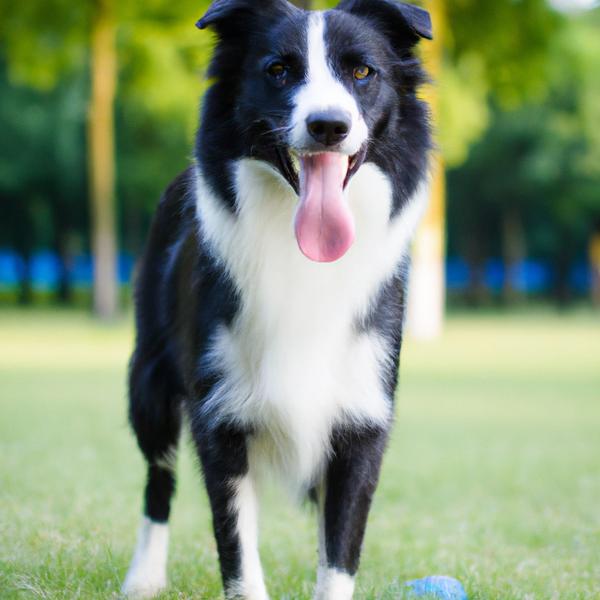
Border Stack
Jindo vs Border Stack
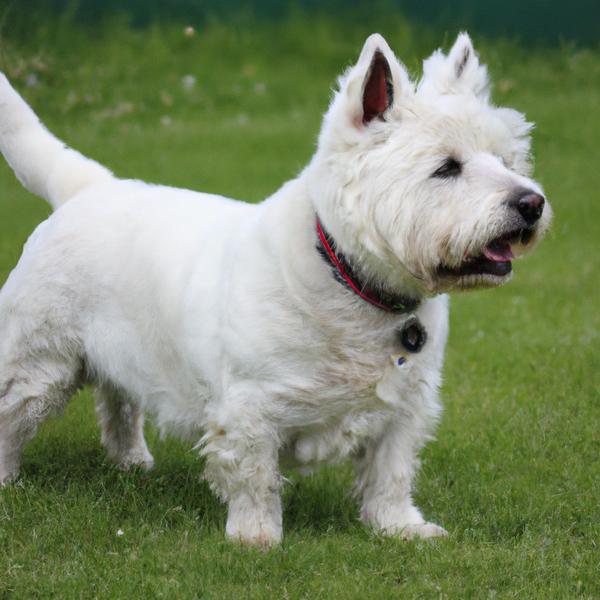
Westie Staff
Jindo vs Westie Staff

Cava-Corgi
Jindo vs Cava-Corgi
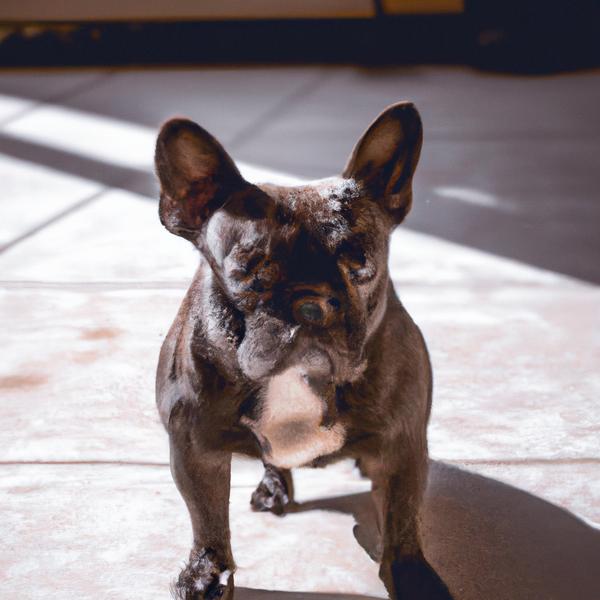
Frenchnese
Jindo vs Frenchnese

Engachon
Jindo vs Engachon
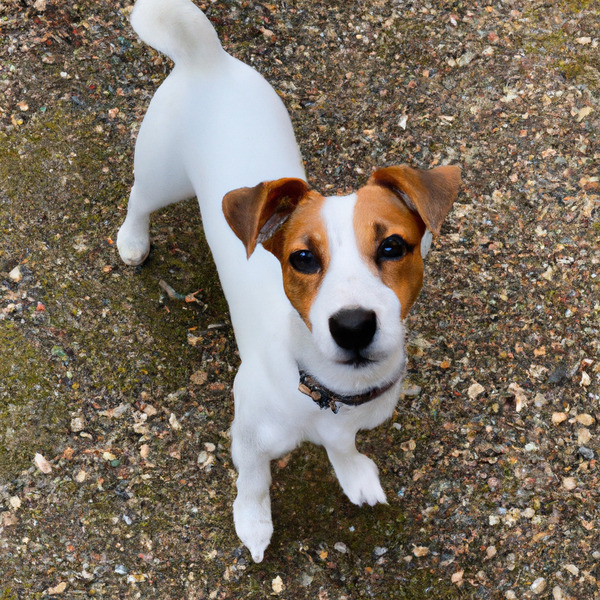
Jack Russell Terrier
Jindo vs Jack Russell Terrier
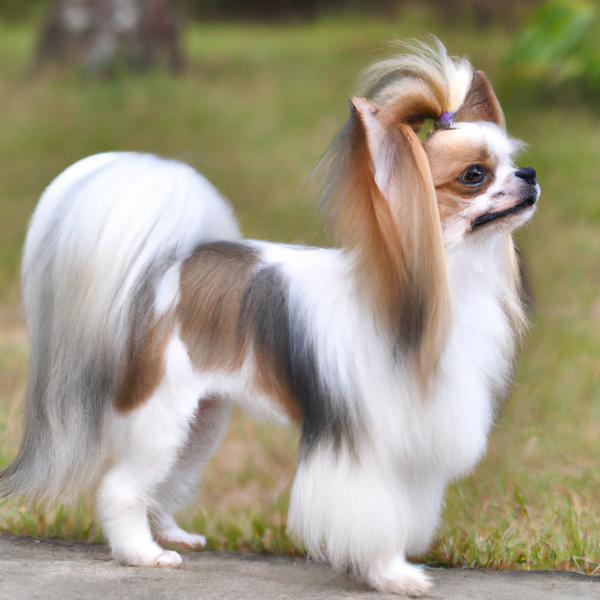
Crested Chin
Jindo vs Crested Chin

Beagle Pit
Jindo vs Beagle Pit

Antebellum Bulldog
Jindo vs Antebellum Bulldog
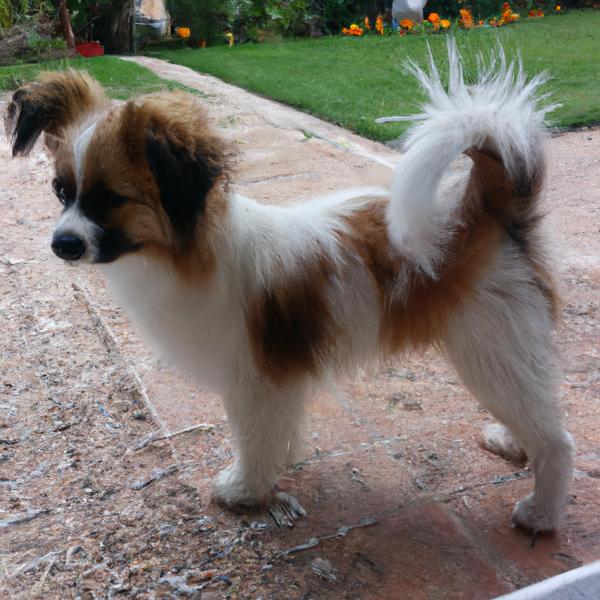
Papimo
Jindo vs Papimo
